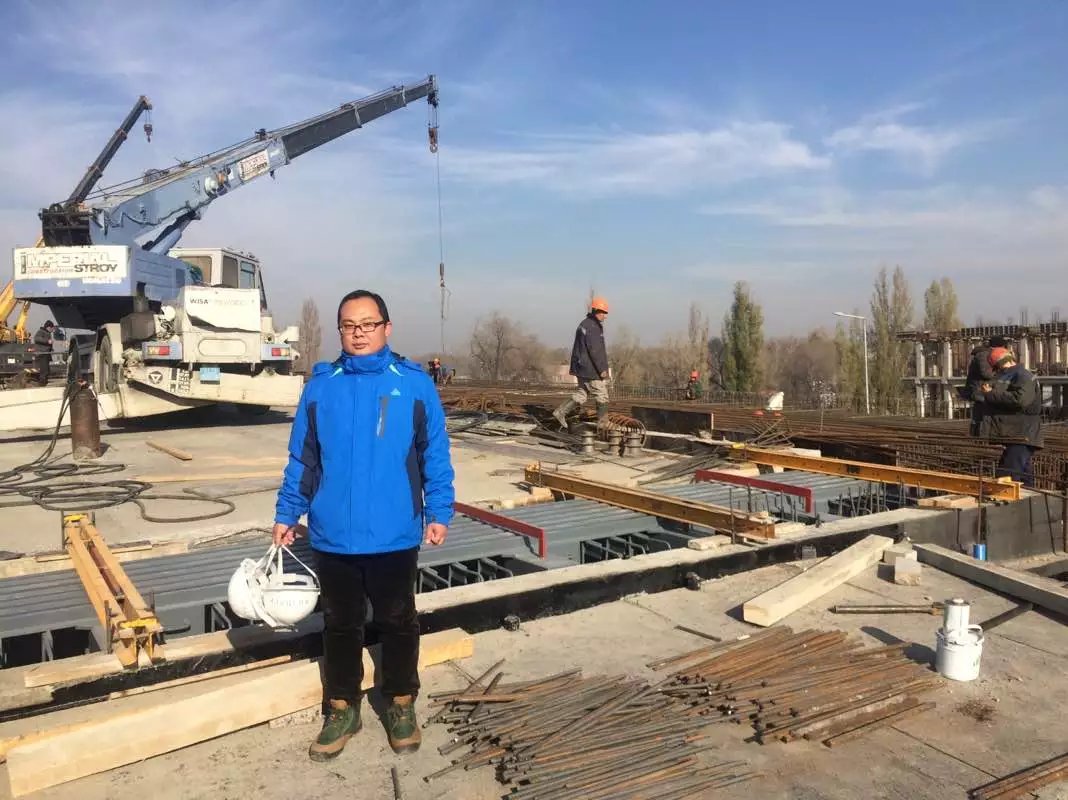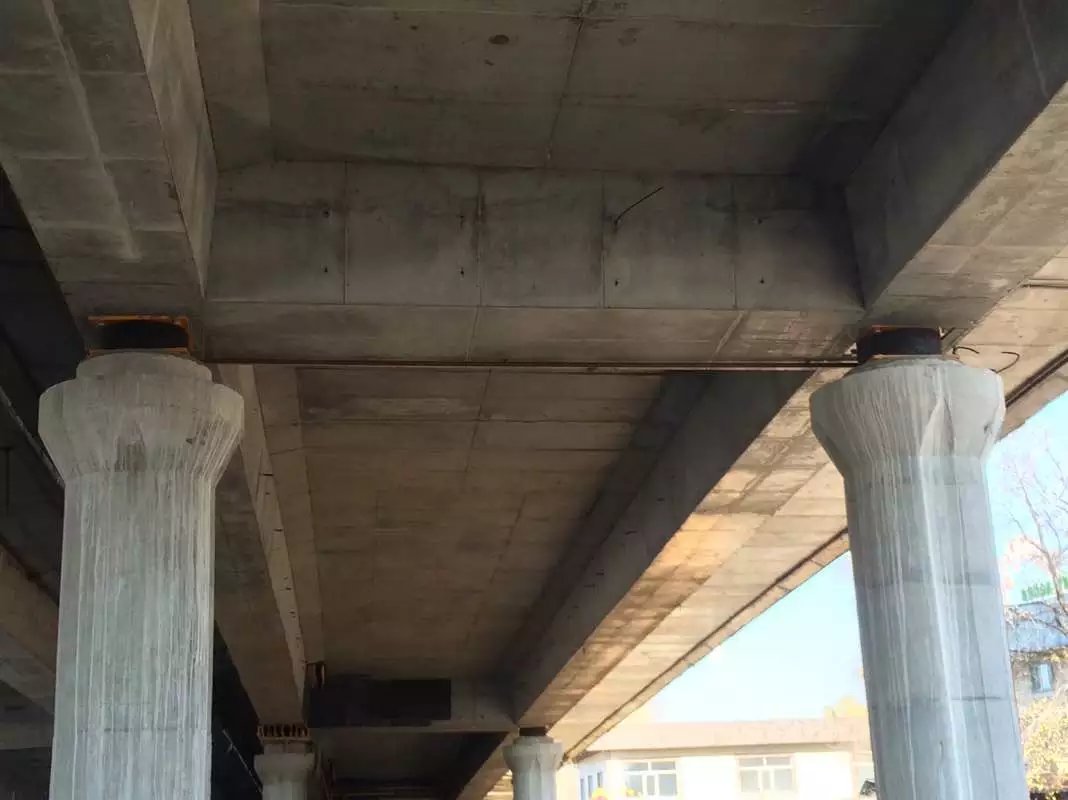Home < News < The Seismic Revolution in Philippine Infrastructure: Strategic Value Analysis of Bridge Bearings and Seismic Isolation Bearings
As an archipelagic nation on the Pacific Ring of Fire, the Philippines faces over 20 major seismic threats annually, compounded by frequent typhoons, making infrastructure vulnerability a core challenge to national development. The 2017-launched "Build, Build, Build" program pledged ₱1.7 trillion to upgrade national transportation networks, yet traditional construction methods struggle against dynamic geological risks. In this context, bridge rubber bearings and seismic isolation bearings have evolved from engineering components into critical technologies for national security strategy, redefining resilience standards for Philippine infrastructure.
Over 70% of the Philippines lies in high-risk seismic zones, while existing bridges and public structures predominantly rely on rigid seismic designs that "resist" earthquakes through structural strength. This approach revealed fatal flaws during the 2013 Bohol magnitude 7.2 earthquake: 35 bridges collapsed, and 90% of hospitals suffered severe damage, paralyzing rescue efforts. In contrast, structures equipped with seismic isolation bearings absorb up to 80% of seismic energy through flexible isolation layers, reducing structural forces to 1/5–1/8 of conventional designs. Their core value lies in three breakthroughs:
Lifesaving Assurance: Ensures continuous functionality of hospitals, schools, and other critical facilities during strong quakes;
Economic Efficiency: Post-earthquake repair costs for isolated structures are just 30% of traditional buildings, avoiding reconstruction;
Long-term Adaptability: Tunable stiffness and damping parameters of seismic isolation bearings match regional seismic spectra.
II. Systemic Innovation in bridge rubber bearings: From Load Transfer to Integrated Disaster Resilience
In sea-crossing bridges and mountain viaducts across the archipelago, bridge rubber bearings have transformed from mere load-transfer devices into multidimensional safety hubs. The Davao-Samal Bridge in Mindanao exemplifies this triple-technical integration:
Dynamic Load Management: Lead-rubber bearings dissipate seismic energy through lead-core plasticity while accommodating daily thermal expansion from tidal variations;
Multi-Hazard Defense: Integrated wind-resistant locking mechanisms reduce displacement by 60% during typhoon-earthquake coupling;
Smart Monitoring: Sensor-embedded pot bearings deliver real-time pressure/displacement data for critical projects like Manila Bay developments.
This technological leap extends bridge service life from 50 to 100 years while cutting lifecycle maintenance costs by 40%.
III. Localized Adoption of Building Isolation: From Pilot Projects to Nationwide Scaling
The Department of Health’s 2023 mandate requiring base isolation for all Level 3 hospitals signals policy-technology convergence. The Cebu Cancer Center sets a benchmark: 278 high-damping rubber bearings create a horizontal isolation layer, enabling 300–500mm slow sway during lateral quakes. This reduces structural acceleration to 0.15g (versus 0.8g in conventional buildings), ensuring surgical equipment remains operational even during magnitude 7 tremors.
Educational infrastructure follows suit: The Department of Education’s 12 seismic-resilient schools in Leyte use friction pendulum bearings for soft-soil adaptation. Their spherical sliding design converts seismic forces into kinetic energy dissipation, increasing costs by just 8% while upgrading performance from "collapse prevention" to "functional continuity"—a developing-world optimal solution.
IV. Market Surge and Industrial Opportunities: A Billion-Peso Blue Ocean
Per the Philippine Institute of Civil Engineers (PICE), 2025–2030 demands include replacing 3,200 aging bridges and constructing 47 provincial hospitals plus 8,000 seismic-resistant classrooms, fueling an annual ₱22-billion seismic isolation bearing market. Key trends emerge:
Localized Production: DOST (Department of Science and Technology) collaborates with manufacturers to domesticate lead-rubber bearings, slashing material costs by 35%;

Standard Elevation: Makati’s financial district skyscrapers now require seismic isolation bearings to withstand 1.5x design displacement under NSCP2015 code, spurring second-gen self-centering products.
Global suppliers leverage technology transfer: The Japan Society of Seismic Isolation (JSSI) exports precision-cast pot bearings for the North Luzon Railway, while Chinese firms won the Cebu-Bohol bridge cluster bid via modular bridge rubber bearing deployment.
Conclusion: Forging a Resilient Archipelago on the Seismic Frontline
As "Build, Build, Build" enters Phase II, Philippine infrastructure is shifting from scale expansion to quality transformation. The adoption rate of bridge rubber bearings and seismic isolation bearings has become a core project-grade indicator—they are not mere components but neural endpoints of the national disaster defense system. Over the next five years, the National Disaster Risk Reduction Management Act will deny insurance coverage to public structures without isolation technology, accelerating industry disruption. For engineering firms and suppliers, mastering localized applications of seismic isolation bearings is the key to capturing the Philippines’ billion-peso infrastructure blue ocean.
